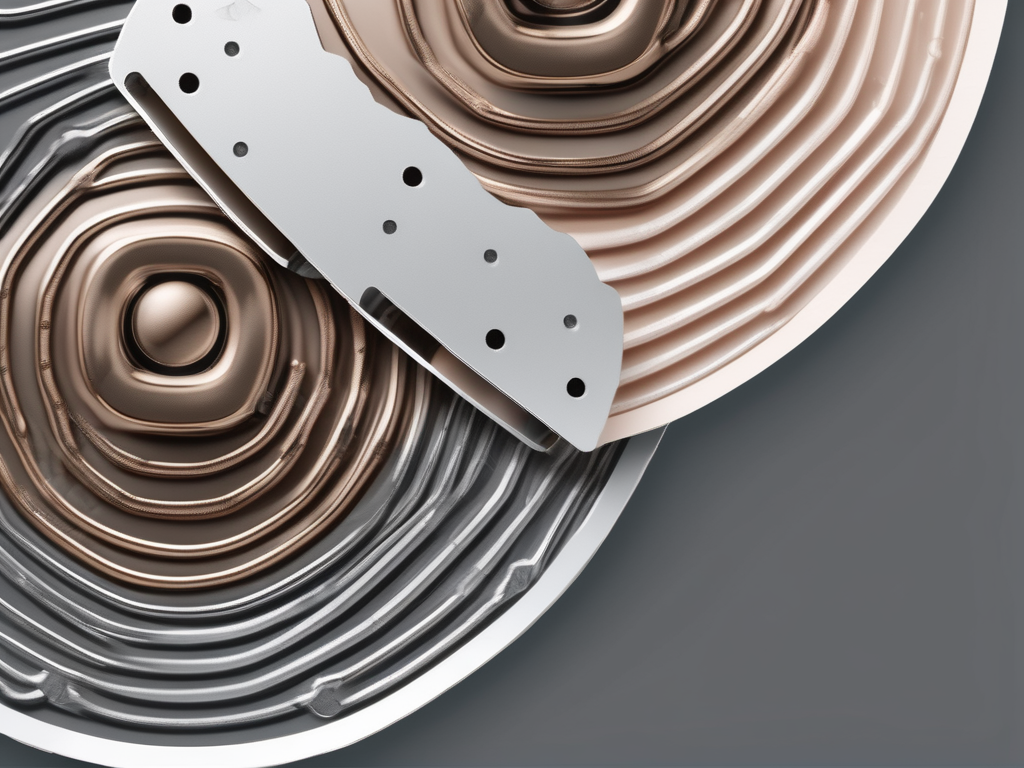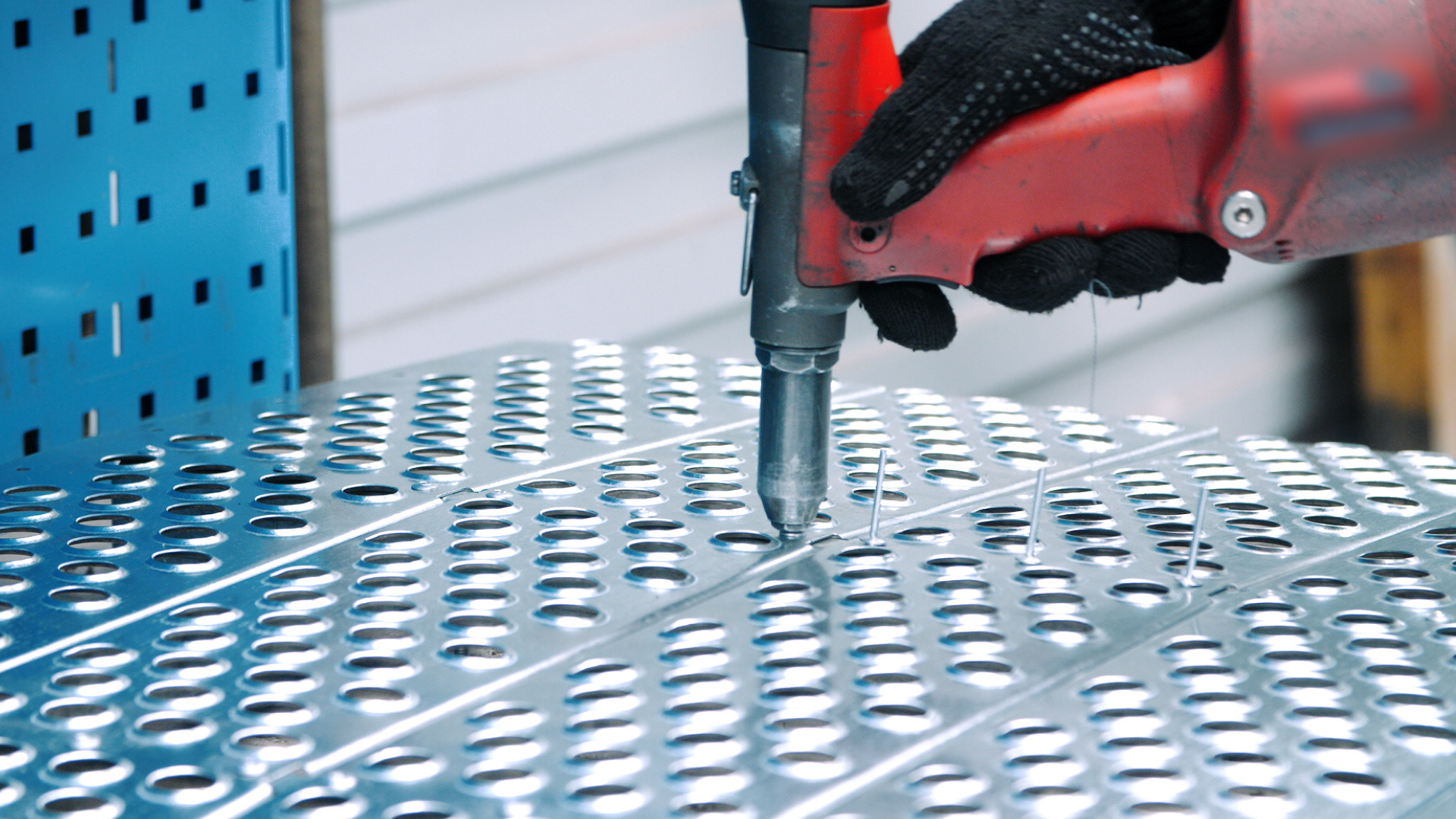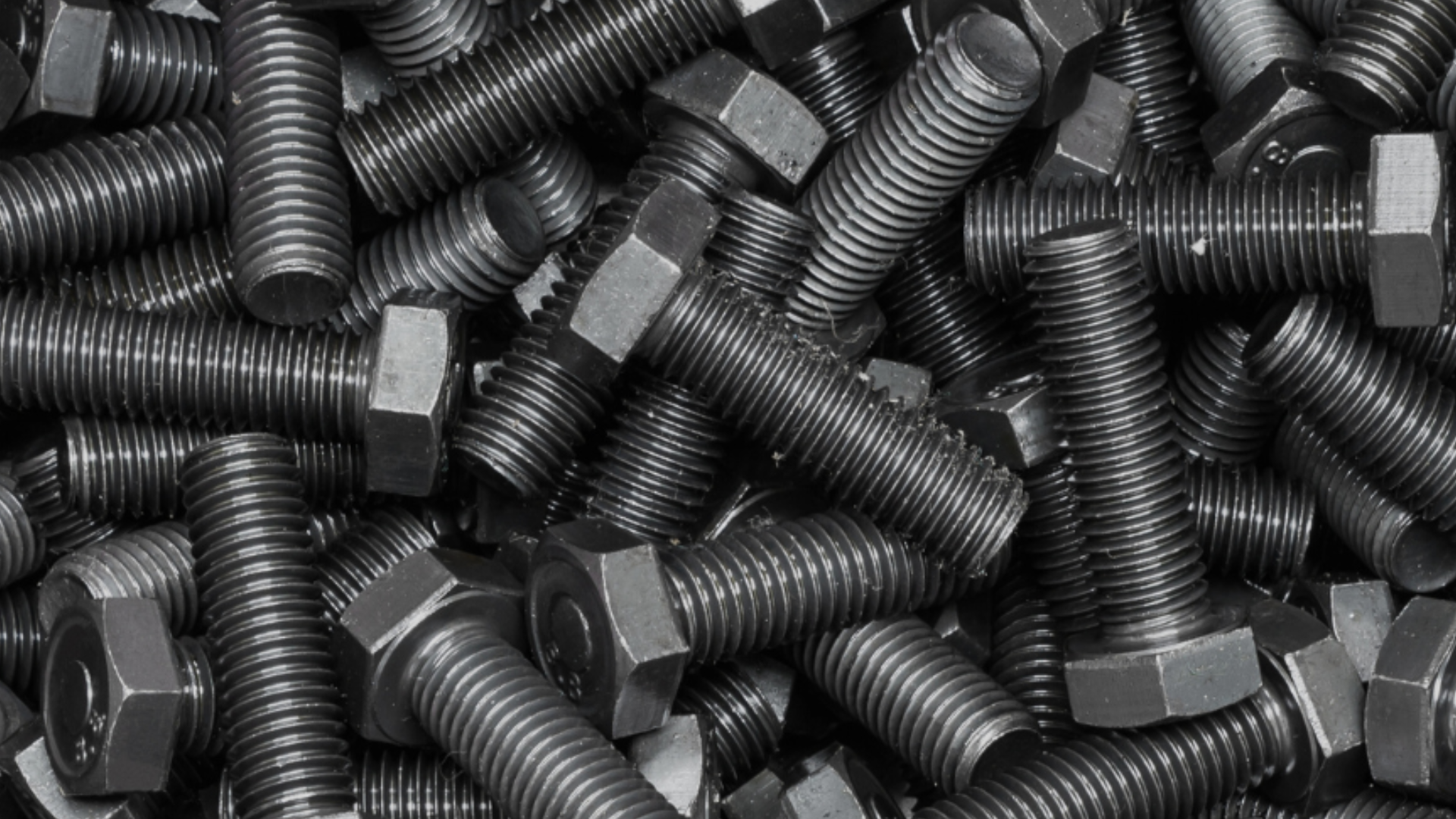Water jet cutting technology is revolutionizing the manufacturing industry by providing a sustainable solution for precision cutting. With its eco-friendly advantages, this cutting-edge technology is becoming increasingly popular among industries looking to minimize their environmental impact. In this article, we will delve into the understanding, environmental impact, green advantage, precision, and economic benefits of water jet cutting.
Table of Contents
Understanding Water Jet Cutting Technology
Water jet cutting technology is a fascinating and innovative process that has revolutionized the way materials are cut with precision. This versatile technology has the capability to handle a wide range of materials, including metals, ceramics, plastics, and even stone. But how exactly does it work?
The basic principles of water jet cutting involve pressurizing water up to an astonishing 60,000 pounds per square inch (psi) and directing it through a specialized nozzle. However, it’s not just the force of the water that allows for such precise cutting. To enhance the cutting efficiency, abrasives like garnet are added to the water stream. This combination of high-pressure water and abrasives creates a powerful cutting force that enables the water jet to slice through materials swiftly and accurately.
Now, let’s take a closer look at the key components of water jet cutting machines. One of the most crucial components is the intensifier pump. This pump plays a vital role in increasing the water pressure to the desired level. It takes the ordinary water and transforms it into a force to be reckoned with. Without the intensifier pump, the water jet would lack the necessary power to cut through tough materials.
Another important component is the mixing chamber. This chamber is responsible for combining the pressurized water with the abrasive material, such as garnet. The abrasive material is carefully measured and added to the water stream, creating a mixture that is ready to tackle any cutting task. The mixing chamber ensures that the abrasive material is evenly distributed throughout the water, maximizing the cutting efficiency.
Finally, we have the cutting head, which is the part of the machine that directs the water jet onto the material to be cut. The cutting head is designed to precisely control the flow of the water jet, allowing for intricate and accurate cuts. It is equipped with a nozzle that can be adjusted to achieve different cutting speeds and depths, giving operators the flexibility to work with various materials and thicknesses.
Water jet cutting technology has become increasingly popular in industries such as aerospace, automotive, and manufacturing, thanks to its numerous advantages. Unlike traditional cutting methods, water jet cutting does not produce heat-affected zones, minimizing the risk of material distortion or damage. Additionally, it is a non-toxic and environmentally friendly process, as it does not release harmful fumes or chemicals into the air.
Moreover, water jet cutting offers exceptional precision, allowing for intricate designs and complex shapes to be cut with ease. It eliminates the need for secondary finishing processes, as the cuts are clean and smooth. This saves both time and money for businesses, making water jet cutting a cost-effective solution.
In conclusion, water jet cutting technology is a remarkable innovation that has transformed the way materials are cut. With its high-pressure water jet and abrasive mixture, it can effortlessly slice through various materials with precision and efficiency. The key components of water jet cutting machines work together harmoniously to deliver exceptional results. Whether it’s in the aerospace industry or the manufacturing sector, water jet cutting has proven to be a reliable and versatile cutting method.
The Environmental Impact of Traditional Cutting Methods
Before we dive into the eco-friendly advantages of water jet cutting, let’s explore the environmental impact of traditional cutting methods. Conventional cutting techniques, such as laser cutting and plasma cutting, rely on heat and chemicals, which result in significant emissions and waste generation.
Emissions from conventional cutting techniques contribute to air pollution and pose health risks to workers and surrounding communities. The release of harmful gases and particulate matter into the atmosphere can lead to respiratory problems and other adverse health effects. In addition, these emissions contribute to the formation of smog and can contribute to the depletion of the ozone layer.
The use of heat in traditional cutting methods also consumes sizable amounts of energy, further contributing to greenhouse gas emissions and climate change. The energy required to power the high-intensity lasers or plasma cutters adds to the overall carbon footprint of these processes. This reliance on non-renewable energy sources exacerbates the environmental impact and dependence on fossil fuels.
Moreover, traditional cutting processes often generate substantial amounts of waste material, which needs to be disposed of properly. The waste generated from laser cutting, for example, includes metal shavings, dust, and toxic fumes from the materials being cut. These waste materials can be challenging to manage and have the potential to pollute landfills or end up in water bodies, causing environmental harm.
Furthermore, the chemicals used in some traditional cutting methods, such as plasma cutting, can be hazardous to both human health and the environment. These chemicals, including nitrogen, argon, and hydrogen, can be released into the air or contaminate water sources if not handled and disposed of correctly. Exposure to these chemicals can have detrimental effects on ecosystems and wildlife.
Additionally, the noise pollution generated by traditional cutting techniques can have negative impacts on both human and animal well-being. The loud and constant noise produced by these processes can lead to hearing loss, stress, and disturbances in natural habitats.
Considering the cumulative environmental impacts of traditional cutting methods, it becomes evident that alternative approaches are necessary to minimize harm to the planet. Water jet cutting, with its eco-friendly advantages, presents a promising solution that we will explore in the following sections.
The Green Advantage of Water Jet Cutting
Water jet cutting technology offers several eco-friendly advantages that make it a sustainable choice for precision cutting. One of the primary advantages is its reduced energy consumption compared to traditional cutting methods.
Unlike heat-based cutting techniques, water jet cutting does not require excessive energy for operation. The main energy requirement is to power the high-pressure pump, making it a much more energy-efficient option. This not only reduces overall energy consumption but also decreases greenhouse gas emissions.
In addition to energy efficiency, water jet cutting minimizes waste generation. Traditional cutting processes often result in a significant amount of scrap material that cannot be reused. Conversely, water jet cutting produces minimal waste, as the cutting process itself does not create any new material waste. The abrasive material used can typically be recycled, further reducing waste.
Furthermore, water jet cutting offers the potential for material recycling. Unlike other cutting methods where the scrap material is often discarded, water jet cutting allows for the collection and reuse of the abrasive material. This not only reduces waste but also contributes to a more sustainable manufacturing process.
Another significant advantage of water jet cutting is the absence of heat-affected zones. Heat-based cutting methods, such as laser cutting or plasma cutting, can generate heat that affects the integrity of the material being cut. This can lead to distortion or damage to the material. In contrast, water jet cutting uses a cold cutting process, ensuring that the material remains unaffected by heat. This is particularly beneficial for materials that are sensitive to heat or require precise cutting without any thermal alteration.
Benefits of water jet cutting:
- Reduced energy consumption
- Minimal waste generation
- Potential for material recycling
- No heat-affected zones
Overall, water jet cutting not only provides precise and accurate cutting but also offers significant environmental advantages. Its reduced energy consumption, minimal waste generation, potential for material recycling, and absence of heat-affected zones make it a sustainable choice for various industries. By choosing water jet cutting, manufacturers can contribute to a greener and more eco-friendly manufacturing process.
The Precision of Water Jet Cutting
Water jet cutting is renowned for its accuracy and efficiency in achieving precise cuts. Unlike some traditional methods, this technology does not produce heat-affected zones (HAZ), which can distort materials and affect their structural integrity.
Water jet cutting is incredibly versatile, allowing for the cutting of various materials with exceptional precision. From metals to composites to fragile materials like glass, water jet cutting can handle a wide range of materials without causing damage or distortion.
Furthermore, water jet cutting can achieve intricate designs, curves, and sharp corners with ease. This level of precision opens up new opportunities for designers and manufacturers to create complex shapes and achieve high-quality results.
The Economic Benefits of Water Jet Cutting
Not only is water jet cutting eco-friendly and precise, but it also offers economic benefits for businesses. While the initial investment may be higher compared to some traditional cutting methods, the long-term savings outweigh the upfront costs.
One significant economic benefit of water jet cutting is its cost-effectiveness. The minimal waste generated means less material loss and lower material costs in the long run. Additionally, water jet cutting eliminates the need for secondary operations like deburring or finishing, saving both time and labor costs.
Furthermore, water jet cutting reduces the risk of material or product damage due to its non-heat-based cutting process. This reduces the chances of costly mistakes often associated with traditional cutting techniques, reducing overall production costs.



